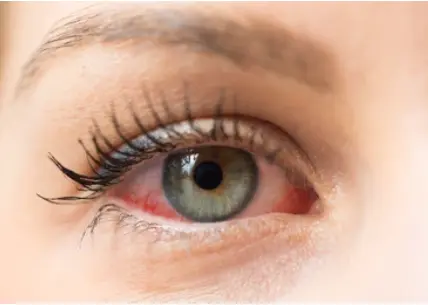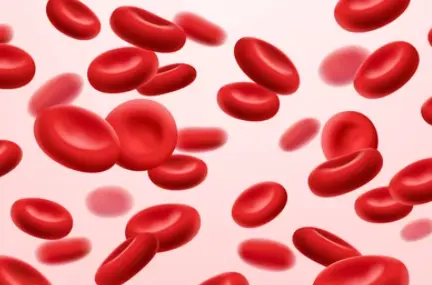 Welcome
Welcome
“May all be happy, may all be healed, may all be at peace and may no one ever suffer."
- A
- B
- C
- D
- E
- F
- G
- H
- I
- J
- K
- L
- M
- N
- O
- P
- Q
- R
- S
- T
- U
- V
- W
- X
- Y
- Z
Conjunctivitis - Generics
Conjunctivitis, also known as pink eye, is an inflammation of the conjunctiva, the thin, transparent layer of tissue that covers the white part of the eye and lines the inside of the eyelids. It can be caused by a variety of factors, including bacteria, viruses, allergies, and irritants.
Symptoms of conjunctivitis typically include redness, itching, and discharge from the eyes. In bacterial conjunctivitis, the discharge is usually thick and yellow or green in color, while viral conjunctivitis typically causes a watery discharge. Allergic conjunctivitis can cause itching, swelling, and a clear discharge from the eyes.
Treatment for conjunctivitis depends on the underlying cause. Bacterial conjunctivitis is usually treated with antibiotic eye drops or ointments, while viral conjunctivitis will typically resolve on its own within a few days to a week. Allergic conjunctivitis can be managed with antihistamines or other allergy medications, as well as avoiding known triggers.
To prevent the spread of conjunctivitis, it is important to practice good hygiene, such as washing your hands frequently, avoiding touching your eyes, and avoiding sharing personal items such as towels or eye makeup. If you wear contact lenses, it is important to follow proper hygiene practices, such as cleaning and disinfecting your lenses regularly, and avoiding wearing them while you have symptoms of conjunctivitis.

Hepatitis B virus

Loiasis

Zinc & folic acid deficie...

Anaemia of prematurity

High Cholesterol

Reducing skin damage from...

Menorrhagia

Postoperative infections
Conjunctivitis, কনজেক্টিভাইটিস
To be happy, beautiful, healthy, wealthy, hale and long-lived stay with DM3S.